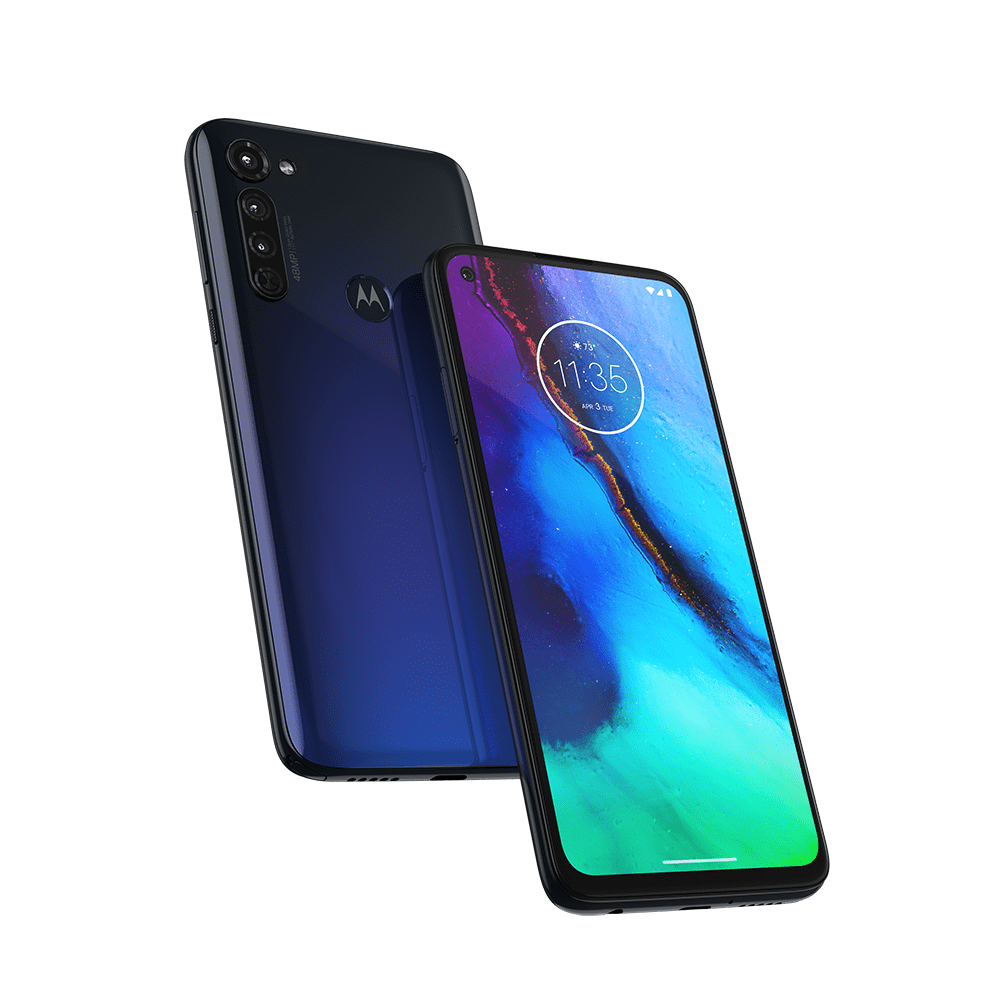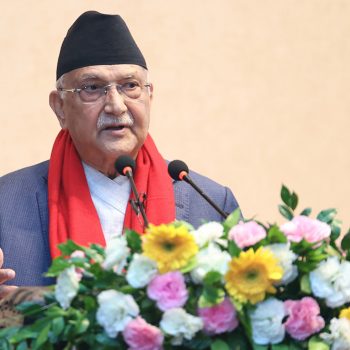Moto sizzles with entry level offerings
Moto taps the low end range
 NepalPress
NepalPress

Much like the Moto G Stylus (2021), the Moto G Power (2021) comes with a slightly larger screen than its predecessor. Its 6.6-inch HD+ IPS LCD panel on 0.2-inches larger than that of the original Moto G Power. A Qualcomm Snapdragon 662 chipset powers the smartphone, coupled with an Adreno 610 GPU, up to 4GB of RAM and 64GB of internal storage. The Moto G Power (2021) features a 5,000mAh battery that supports fast charging at 15W.
As mentioned earlier, the Moto G Power (2021) improves upon its predecessor’s camera. It still has three rear cameras; however, it is spearheaded by a 48MP sensor this time around (as opposed to a 16MP sensor from earlier). It drops the ultra-wide-angle lens entirely and replaces it with a 2MP depth sensor. The 2MP macro lens has been left untouched. Weirdly, the selfie camera has been downgraded to an 8MP module. Support for 4K 30 fps video recording has been removed too. The Moto G Power (2021) has also relocated its fingerprint sensor from the back to the side.
Alongside the Moto G Stylus (2021) and the Moto G Power (2021), Motorola has also unveiled a third, low-cost option called the Moto G Play (2021). Retailing at US$169, the Moto G Play (2021) is the most affordable phone of the lot. It will be available in stores on the same day as its other siblings.
The Moto G Play (2021) comes with a 6.5-inch HD+ IPS LCD panel, a Qualcomm Snapdragon 450 chipset, Adreno 610 GPU, 3GB of RAM and 32GB of storage. Its 5,000mAh battery supports fast charging at 10W. Its camera setup is relatively barebones, with a 13MP primary sensor and a 2MP depth sensor at the back and a 5MP selfie camera located at a waterdrop-style notch on the screen. These downgrades are quite significant, and one would be better off paying an extra US$30 for the objectively better Moto G Power (2021).














